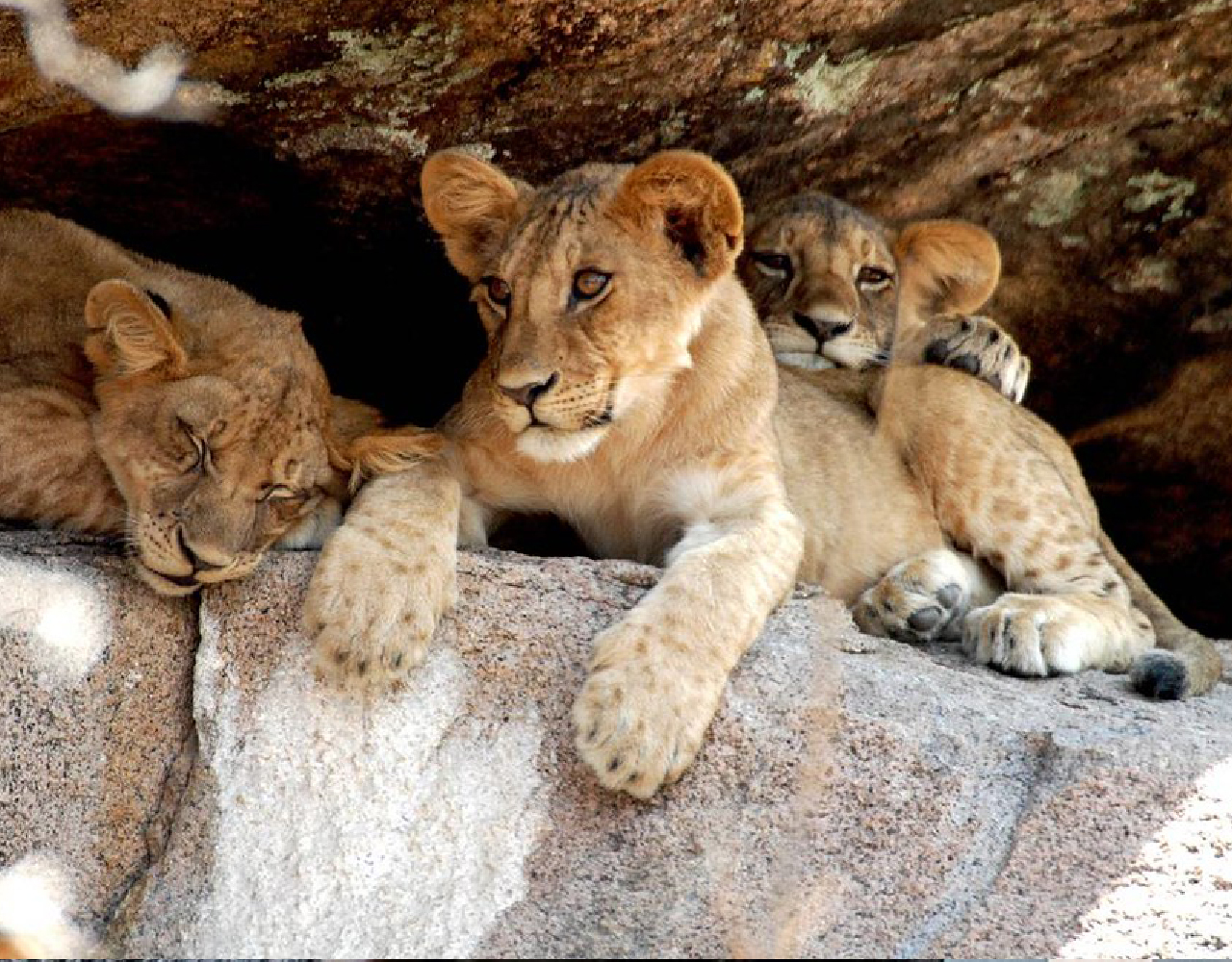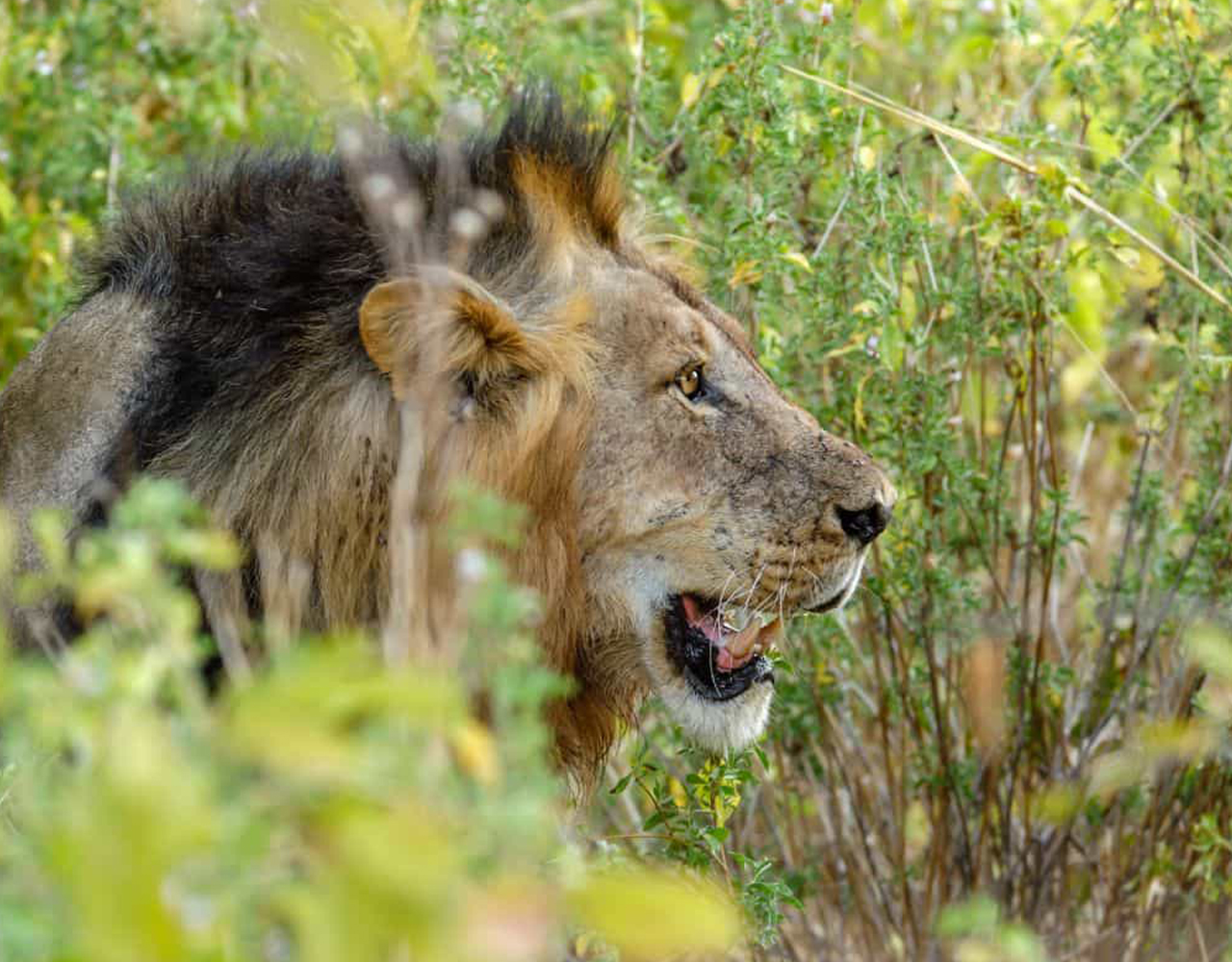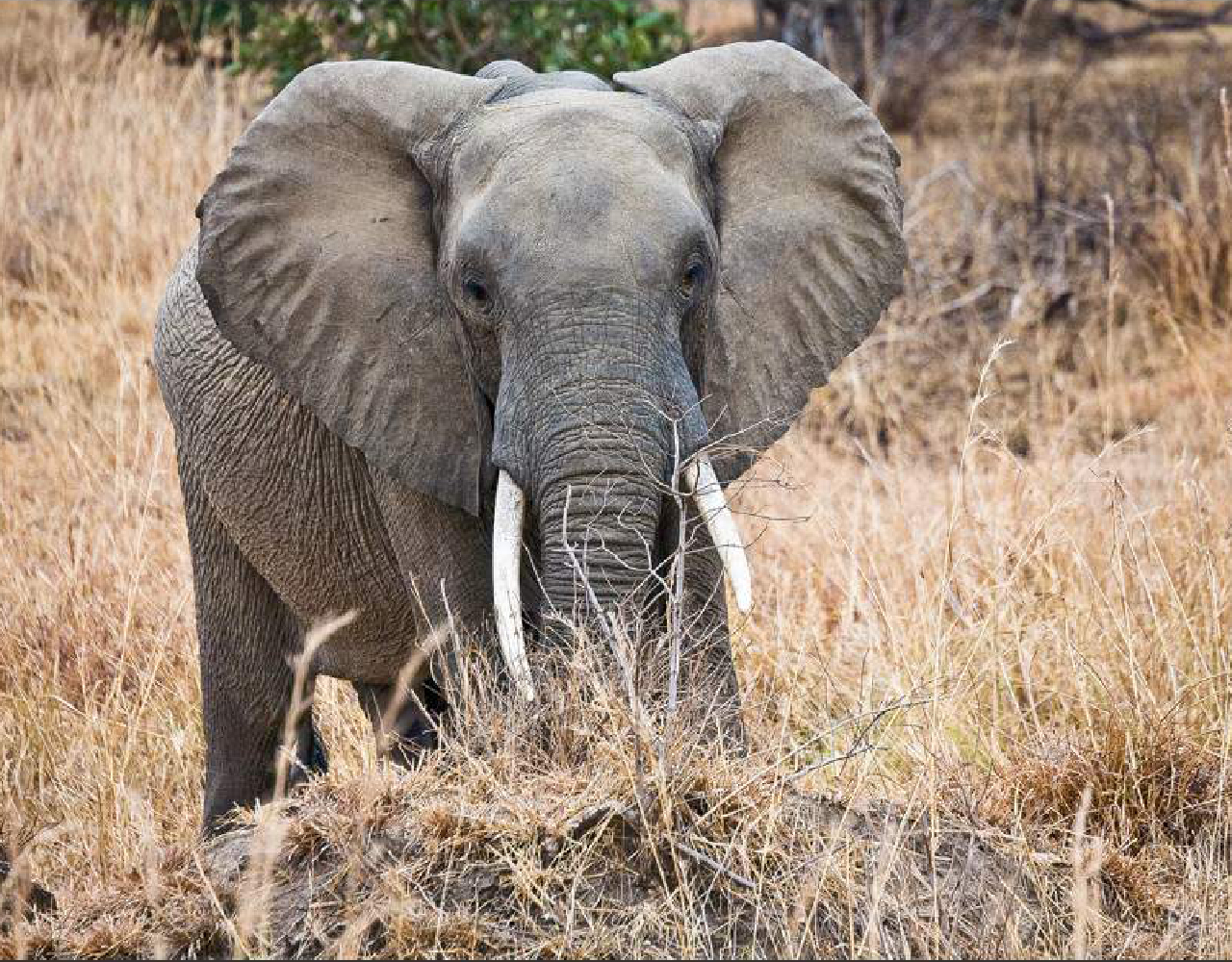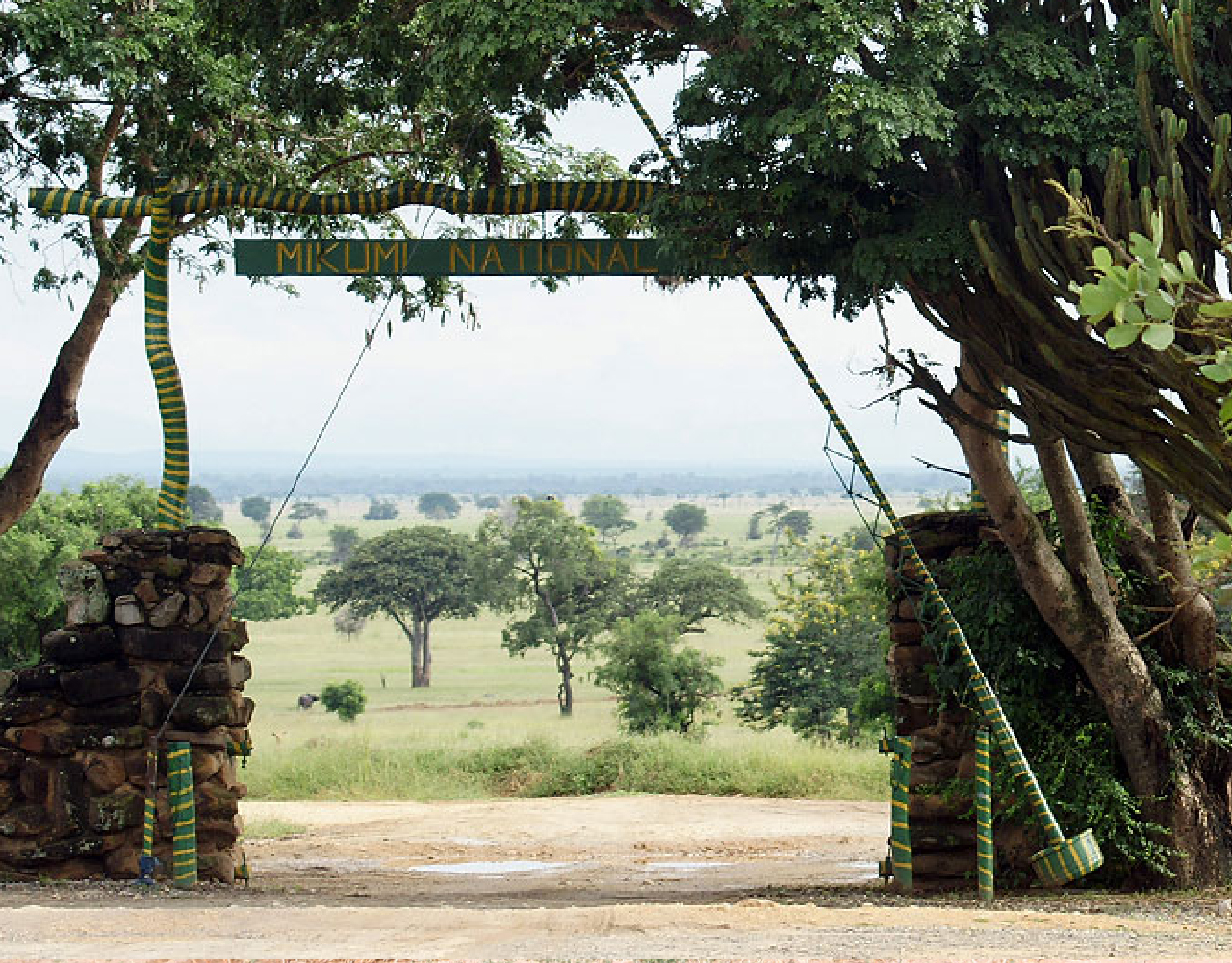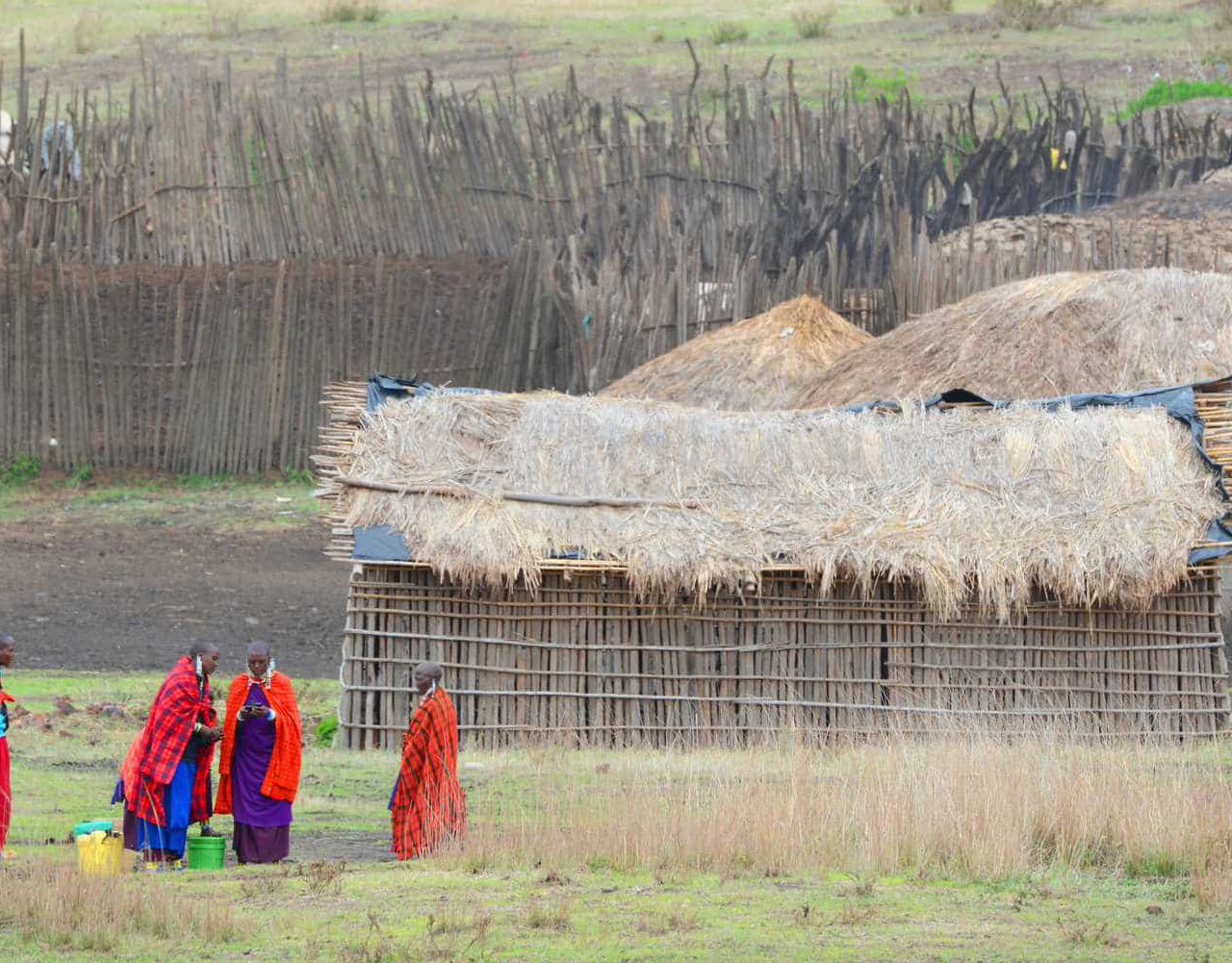Tarangire National Park
Tarangire National Park covers an undulating area of 2,600km2, between the plains of the Maasai Steppe to the south-east, and the lakes of the Great Rift Valley to the north and west. The northern part of Tarangire is dominated by the perennial Tarangire River, which flows through increasingly incised ravines until it leaves the north-western corner of the park to flow into Lake Burungi. In the south are a series of vast swamps which dry into verdant plains during the dry season.
Although Tarangire is one of only four parks on Tanzania’s sometimes busy ‘northern circuit’, it is often either missed out, or given less than 24 hours, by the many relatively cursory mini-bus tours. This means that few visitors go beyond the park’s busy northern area, where the majority of camps and lodges are located.
If you decide to come to Tarangire, then we recommend spending a few days in the south of the park, which gets few visitors and retains a real air of wilderness.
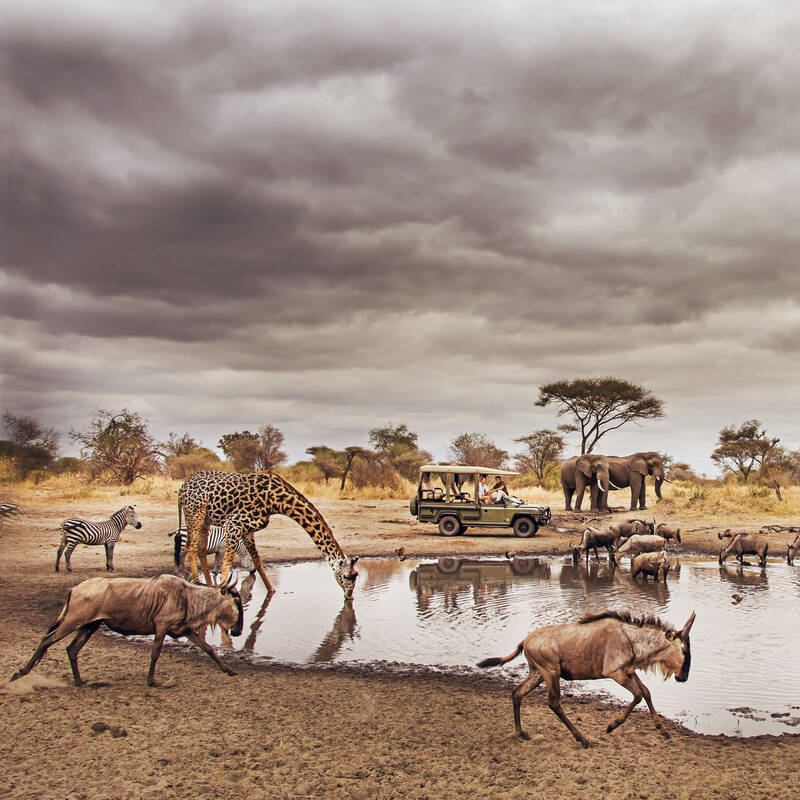
Wildlife in Tarangire National Park
Think of Tarangire as part of a much larger ecosystem, and you’ll understand why its game varies with the seasons. From November to May, some of the wildlife leaves the park, north-west to Lake Manyara, or east into the Maasai Steppe. From around June to October, when those regions are drier, the animals return to Tarangire’s swamps, and especially its river system. This is the best season for a game-viewing safari in Tarangire, which can be excellent.
Particularly large numbers of elephant herds congregate here, as do many wildebeest and zebra. There are also substantial populations of impala, giraffe, eland and buffalo. Thompson’s gazelle, Coke’s hartebeest, bohor reedbuck and both greater and lesser kudu are found here. The localised and unusual gerenuk and fringe-eared oryx also occur here, though in our experience they are seen exceedingly rarely. There are still thought to be a few black rhino in the park.
Lions are common throughout Tarangire, as are leopard, while cheetahs favour the more open areas of the south. Spotted hyenas are always around, and while wild dog sometimes pass through sightings of them are rare.
Recommended Safaris Itinerary
2Days/1Night Safari from Dar es salaam to Mikumi National Park
2-Day Trip To Mikumi National Park, Choma Waterfalls and Hiking Mountain Uluguru (Sharing Package)
Information
- About Us
- Contact Us
- Refund and Returns Policy
- Terms and Conditions
Connect With Us
- Address: Gerezan Street, Kariakoo, Dar es Salaam
- Phone Number: +255 656 003 096
- info@chambotoursltd.co.tz
- WhatsApp: +255 750 733 097
Ways You Can Pay

Since 2003, © 2025 Chambo Tours Ltd.

